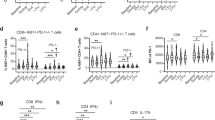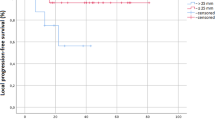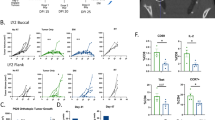Abstract
The results of radiation therapy in 212 patients with stages I and II Hodgkin's disease treated between 1963 and 1973 show that approximately 60% remain disease-free following treatment. Multiple node involvement in stage II, particularly associated with infraclavicular node disease, is identified as a group where the relapse rate is high. This presentation is associated particularly with NS. In a group of 78 patients treated with radiotherapy following staging laparotomy and splenectomy approximately 80% remain in complete remission. The preliminary results of treatment in PS IIIa patients are substantially the same as those for PS I and II; the results of treatment for NS and MC disease are similar. The significance of involvement of the spleen is discussed. Although it is probable that Hodgkin's disease spreads to the spleen through the blood stream it is suggested that splenic involvement does not necessarily indicate that the involvement of other extralymphatic structures such as liver and marrow has occurred. However, when the nodes in the porta hepatis are involved splenic Hodgkin's disease may well be associated with an increased risk of occult hepatic infiltration.
This is a preview of subscription content, access via your institution
Access options
Subscribe to this journal
Receive 24 print issues and online access
$259.00 per year
only $10.79 per issue
Buy this article
- Purchase on Springer Link
- Instant access to full article PDF
Prices may be subject to local taxes which are calculated during checkout
Similar content being viewed by others
Rights and permissions
About this article
Cite this article
Peckham, M., Ford, H., McElwain, T. et al. The results of radiotherapy for Hodgkin's disease. Br J Cancer 32, 391–400 (1975). https://doi.org/10.1038/bjc.1975.239
Issue Date:
DOI: https://doi.org/10.1038/bjc.1975.239
This article is cited by
-
Therapieergebnisse des Morbus Hodgkin in den Stadien I und II
Klinische Wochenschrift (1981)



